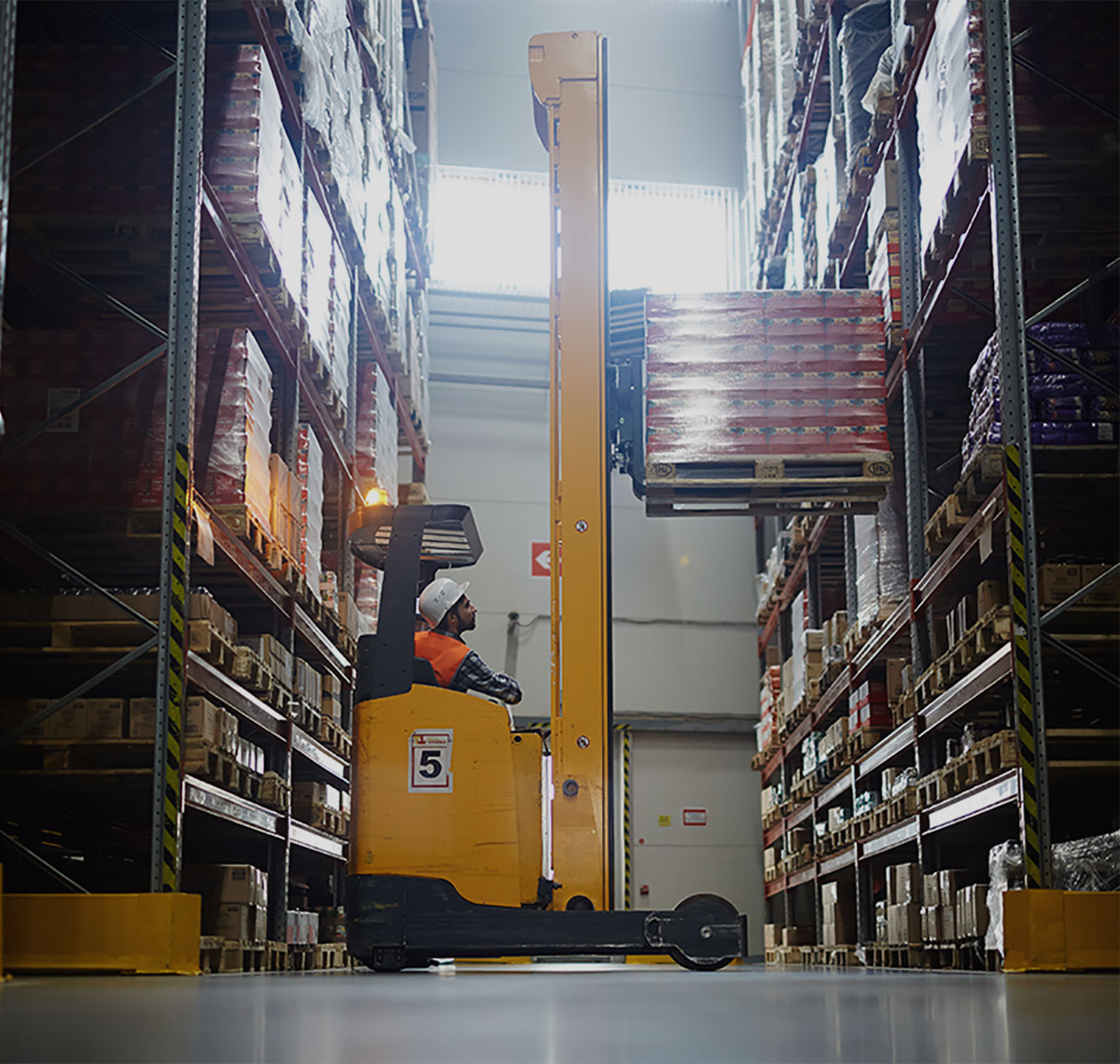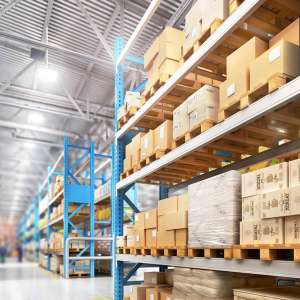It’s been three years since the beginning of the COVID-19 pandemic, and life is slowly finding its way back to normalcy. While seeing friends and family, enjoying the summer weather and all the activities it has to offer, and store shelves remaining stocked up more consistently are great things, there are a few problems that persist. Chief among these is inflation and rising costs in almost every facet of daily life.
From food to fuel, from utilities to entertainment services, nothing seems immune to price increases – sometimes multiple times in a calendar year. Warehouse rates are among them, with industrial rents hitting new record highs. But what exactly is causing the rise in warehousing costs?
In this article, we’ll break down the recent warehouse rent spike, the present (and future) trends driving it, and how you can protect your logistics budget in an economy that’s chaotic enough as it is.
Why are Warehouse Rates Rising?
Since the beginning of 2020 as the world went into lockdown, many businesses shifted their physical presence to the Internet. Indeed, eCommerce was thriving; by May 2021, global eCommerce sales had grown to $26.7 trillion, according to a recent report published by the United Nations Conference on Trade and Development (UNCTAD). This is a trend that’s continuing to pick up speed.
Dropshipping service Oberlo published its own findings from the United States Census, showing the exponential rise of U.S. eCommerce sales. For instance, in 2013, eCommerce sales only accounted for $260.4 billion in sales in the U.S. That number grew an average of $51.6 billion each year between 2013 and 2019, topping out at $569.9 billion.
As the pandemic prompted retailers to head online – or for recently laid-off workers to find new ways to make money, such as starting their own eCommerce sites – sales ballooned to $813.1 billion in 2020. In 2021, that number grew to $958.0 billion; in 2022, to $1.04 trillion.
In a vacuum, these numbers seem like great things, indicating strong economic growth, especially for eCommerce enthusiasts. However, they also indicate a shift away from brick-and-mortar retailers and established infrastructure. With in-store service declining during the pandemic, businesses pivoted to the Internet and, with it, moved their inventories into warehouses to be shipped to their customers. That demand is what’s driving increased warehousing rates, in some cases pushing costs as much as 32% percent year-over-year.
Additional factors such as 3-5 leases between retailers and warehouses, as well as new warehouses with more sophisticated features that allow for better automation also drive up prices with real estate firms. As industrial sourcing platform Thomas puts it, “feeling pretty confident in demanding significantly higher rates when it comes to renewing the contracts of their existing tenants.”
How 3PL Warehouses Can Help Save Businesses Money
Despite the short-term boost from the pandemic, eCommerce will continue to grow as more businesses embrace the opportunities the Internet provides. Unless much more warehouse space pops up soon to drive costs down (which seems unlikely given the rising cost of construction materials), the status quo of warehousing will continue to get more expensive. That isn’t to say those that need warehouse space are out of luck.
The most popular move retailers have been making is decentralizing their logistics. Instead of storing their inventories in one large warehouse, they’ve distributed them into multiple smaller warehouses. While this may give companies more flexibility in negotiating favorable storage contracts, decentralized logistics can reduce transportation costs and enable businesses to move inventory where it’s in demand.
For instance, if your business sells clothes, your northern warehouses can store more heavy winter jackets than your southern ones, freeing up space for inventory that better serves customer preferences – if that space is purchased and used at all.
Some companies – especially small eCommerce businesses – have also shifted towards a third-party logistics (or 3PL) partner to handle not just warehousing needs, but their entire supply chain management. Even if warehousing rates were to rise when partnering with a 3PL company, retailers that choose this route could save money on everything from shipping times and fees, to order processing, inventory management, packaging, and labor.
Finding the Right 3PL Partner for Your Business
If 3PL is something that interests you, it’s important to note that not all third-party logistics companies provide the same services. Some are specialized in certain industries, whereas others can do a little bit of everything. Some are brand new with the latest technology; others have been around for decades and have a wide-reaching network of partners you can leverage to your benefit.
No matter which direction you go, be sure to weigh the costs and benefits of partnering with a 3PL provider vs. handling everything in-house. Some main considerations include labor and service costs, technology integration, and provider experience.
Avoid Overpaying on Warehousing Costs with UCanTrade
Keeping your business afloat has always been a balancing act between revenue and expenses. With inflation and rising warehousing costs, that walk on the tightrope seems more treacherous than ever. However, chaos creates opportunity. Who better than the experts whose job it is to bring order to all that chaos – at least when it comes to the myriad links of the supply chain?
If you’re been struggling to keep your logistics and warehousing costs down, reach out to us today. We’d be happy to explore all the options you have available and help you choose the right one for your business.



